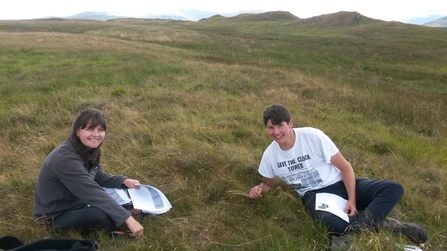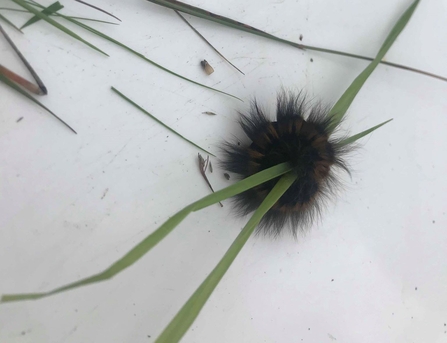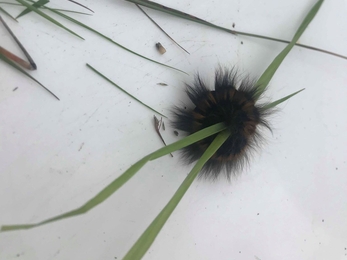After spending 10 weeks with Cumbria Wildlife Trust working at Eycott Hill Nature Reserve, I have experienced so many different aspects of the work that goes on there. As well as working on the nature reserve, I also worked in the office at Gosling Sike, Houghton.
Throughout my placement I have taken part in several conservation days, which involved working with volunteers to undertake vital physical maintenance work around Eycott Hill. The volunteer days began at the start of summer with meadow recording days, and progressed onto conservation work parties. Teamwork is essential in many of the tasks, which included dry stone walling, top wiring, and bracken bashing. Walling and top-wiring stops escapee sheep entering the fell. If sheep were allowed onto the fell to graze, the grass would be grazed very low and uniformly, and they prefer grazing on the sweet herbs. Cattle are used as low input grazers on the fell instead as they graze the vegetation to different heights, and use their tongue to pull out shoots, which creates a variety of habitat structures. Bracken bashing, although tedious, is needed to protect some of the 10,000 planted trees across the site. The bracken surrounds the young trees and competes with them for soil nutrients.








